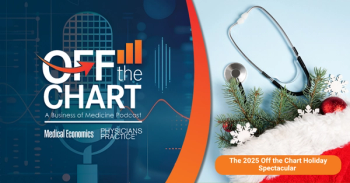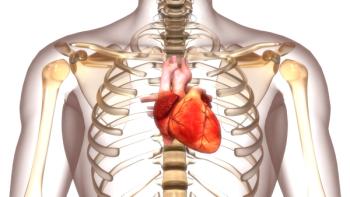
Primary care physicians ‘ideally positioned’ to detect patients at risk of suicide
Researchers report findings about training, screening, and treatment pathway.
Primary care physicians are in a unique place to identify and refer patients at risk for suicide, according to a report by the National Institute for Mental Health (NIMH).
September is Suicide Prevention Awareness Month and this year researchers have explored how primary care physicians could contribute to suicide prevention efforts. Suicide is
This month,
“For this reason, primary care doctors are ideally positioned to improve the identification and referral of people at risk for suicide,” the report said.
On the right path
The NIMH report outlines an evidence-based suicide detection and prevention pathway for primary care physicians to use in their practices. It refers to the
In the second step, patients with a positive risk screen receive a safety assessment administered by a trained professional. Based on the level of risk, a course of action then could range from emergency evaluation and crisis management, to safety planning or counseling
Early evidence
The NIMH report said the pathway, while grounded in research, does not yet have evidence to support how well it works or how easy it is to implement.
But there are some indicators about the effectiveness of screening in a primary care setting. One NIMH study about the ASQ questions found a “yes” answer to one or more of the questions, identified 97% of patients aged 10 to 21 years at risk of suicide.
Meanwhile, a
The training happened in Washington, which in 2012 became the first state to require such instruction for health care professionals. That state used the
From November 2018 to December 2020, more than 1,500 health care workers completed a six-hour course, with pre- and post-training surveys. Participants reported greater confidence in identifying warning signs and asking patients about exposure to medicine and firearms.
“The results suggest that it is possible to provide high-quality training to health care professionals about suicide, which is an important but not sufficient step in the prevention of suicide,” study lead author Jenn Stuber, PhD, said in
More research coming
NIMH researchers have been asking what they have learned about suicide risk and prevention during the COVID-19 pandemic, institute Director Joshua A. Gordon, MD, PhD, said this month in his
Along with intersections of primary care and suicide prevention, NIHM researchers will continue studying how social determinants of health can affect suicide risk for racial and ethnic minority patients. They are examining youth mental health needs and how telehealth can be a tool for improving suicide prevention services, Gordon said.
“With these and many other efforts, we are hopeful that people who are at risk for suicidal thoughts and behaviors will be able to access the evidence-based support and services they need,” Gordon said. He asked physicians and anyone to
September is National Suicide Prevention Awareness Month and
Newsletter
Stay informed and empowered with Medical Economics enewsletter, delivering expert insights, financial strategies, practice management tips and technology trends — tailored for today’s physicians.








